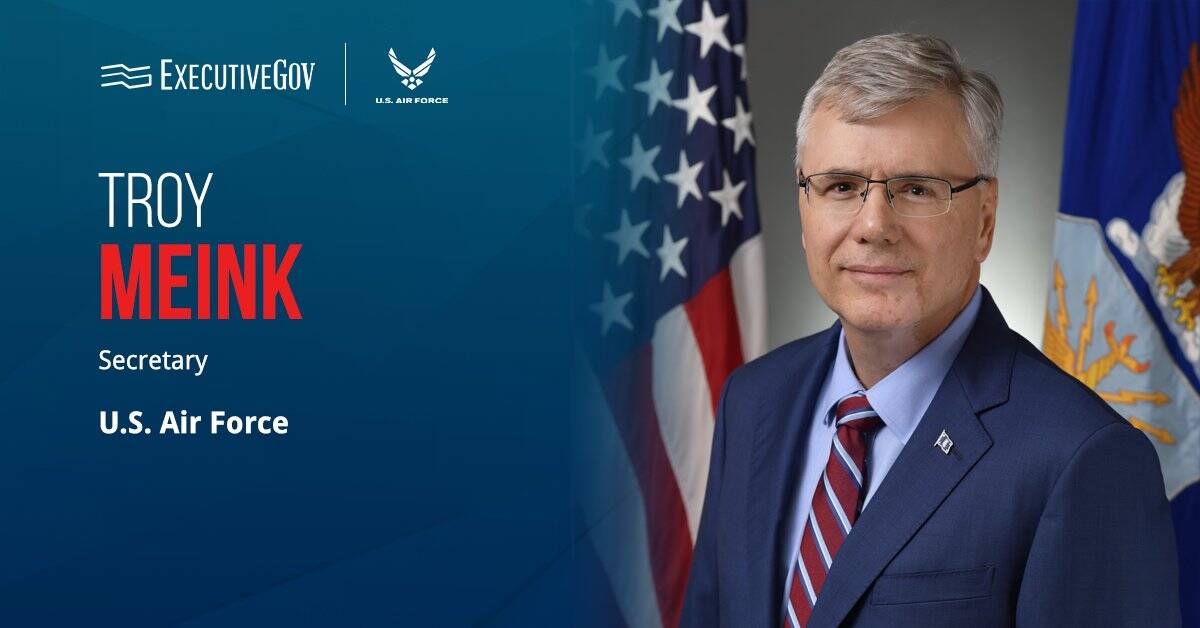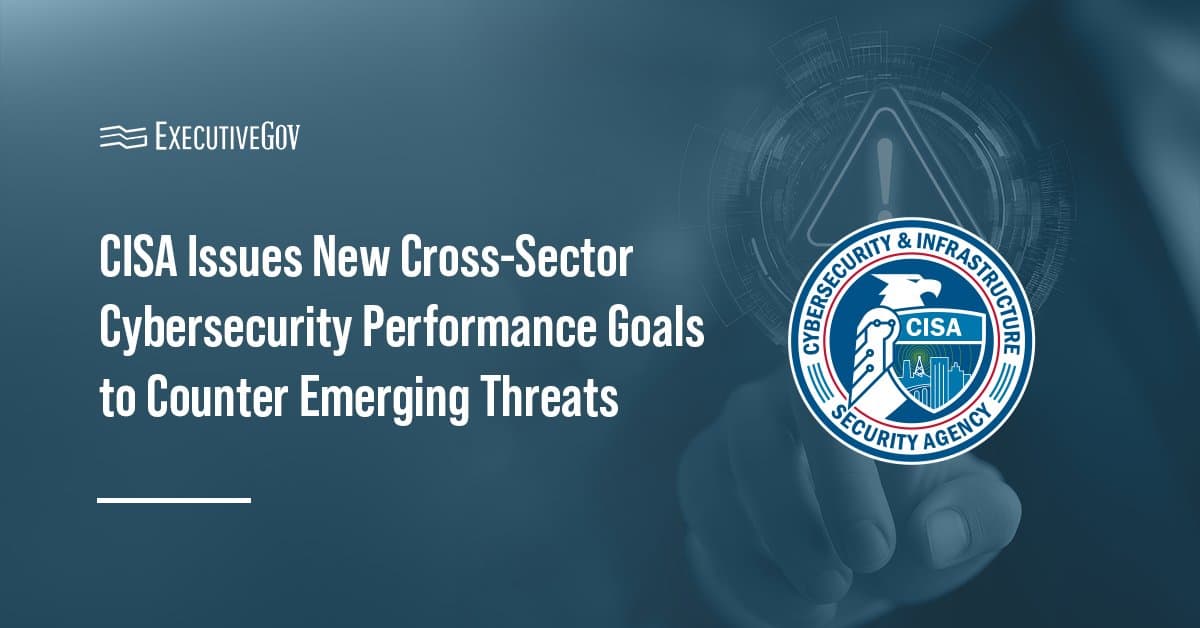Amanda Rebhi, the new director of the U.S. Air Force’s AFVentures office, told Fedscoop she intends to improve her organization’s current processes instead of making big changes.
Rebhi said she has witnessed AFVentures’ success over the past three years as small business investments continue to grow, Fedscoop reported Monday.
AFVentures, part of the AFWERX innovation effort, manages a contracting vehicle that supports grants under the Small Business Innovation Research and Small Business Technology Transfer programs.
A 2020 report reveals that over 1,400 small companies have received a total of $710 million from AFVentures since 2018. Rebhi formerly served as a transfer acquisition manager under the leadership of Maj. Jason Rathje, the outgoing director of AFVentures.





